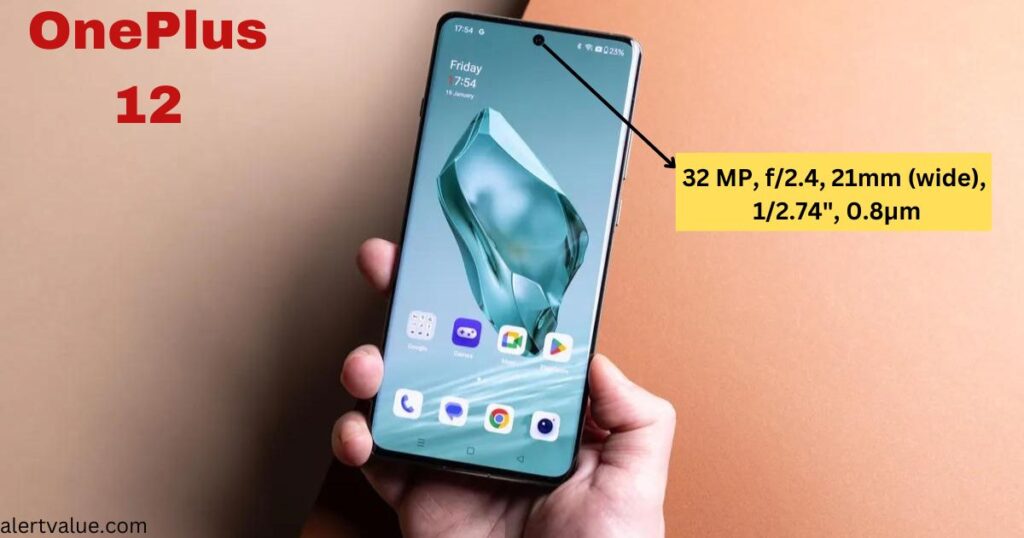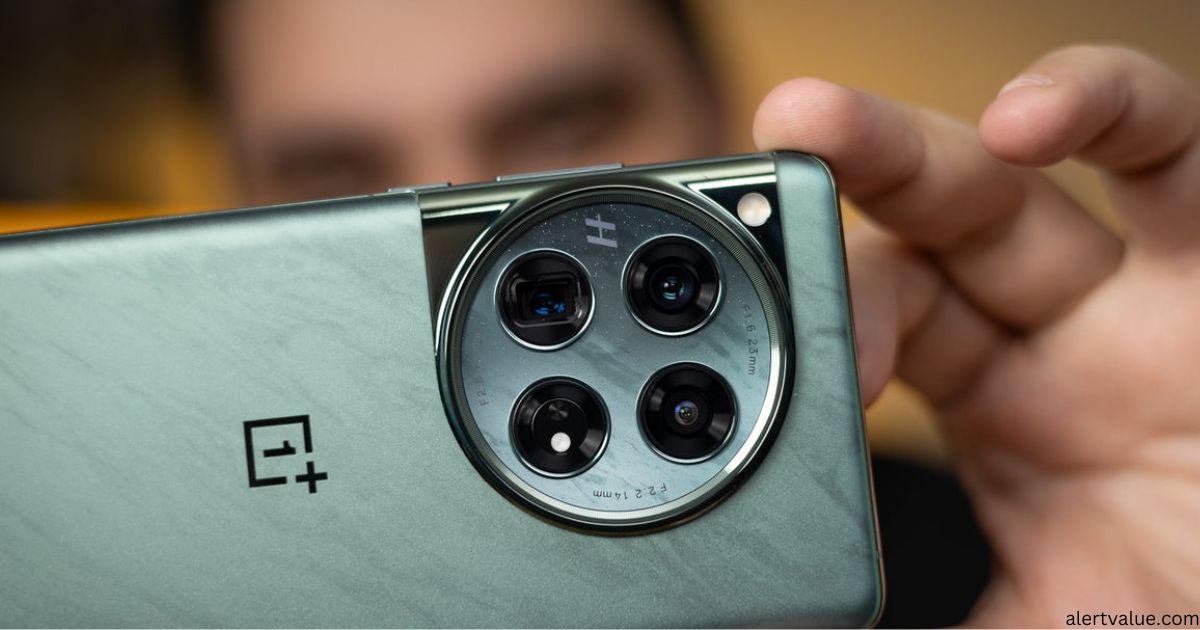OnePlus 12 Camera review
The OnePlus 12 has three cameras on its back: a 50-megapixel primary camera, a 48-megapixel ultrawide camera, and a 64-megapixel telephoto for 3x optical zoom. For practical purposes, it’s the same setup as that on the OnePlus Open and OPPO Find N3 foldable..

The primary camera use the LYT-808 sensor, whilst the bendy variants listed above utilize the LYT-T808. According to Sony, the two sensors are twins, and we’ve already given up trying to dig out specifics and whether both or just one uses a stacked architecture.
The camera has a 50 MP resolution, 1/1.4″ optical format, and 1.12µm pixel pitch. The image is completed using a stabilized lens that has an f/1.6 aperture and an equivalent focal length of 23mm.
A 48MP Sony IMX581 1/2.0″ sensor with 0.8µm pixels powers the ultrawide camera. It has a 14mm f/2.2 lens attached. There’s autofocus, which allows for macro mode and enlarged perspectives for close-up subjects.
A high-resolution 64MP OmniVision OV64B 1/2.0″ sensor with 0.7µm pixels powers the telephoto lens. The periscope lens has an f/2.6 aperture and a focal length of 70 mm. We find the close-focusing ability of this camera to be more intriguing than that of the ultrawide.

The OnePlus 12’s 32MP selfie camera uses a Sony IMX 615 1/2.74″ sensor, which has a Quad-Bayer filter and 0.8µm pixels. The lens has a 21mm focal length and an f/2.4 aperture, and the focus is fixed.
Daylight photo quality
The primary camera takes lovely pictures in the daylight. Excellent detail is being displayed organically without appearing overly processed, and there isn’t any noticeable noise. The dynamic range is nicely wide, much appreciated in the turbulent weather we’ve been having, and you get excellent development at the extremes but also great global contrast.

Although there was a slight yellowish-greenish tint in a few outdoor situations, it wasn’t noticeable enough to be problematic, but there was a pattern. Overall, the auto white balance is rather dependable. Regarding saturation, we have no issues because the colors are pleasingly vibrant without being garish. The OP12’s skin tones also look good.
The 2x zoom images from the main camera are decent, but not outstanding. The details are fine, but after seeing the Vivo X100 Pro’s 2x photos, the bar for the OP12 is too high.
One of this camera’s main virtues is its ability to focus relatively close, allowing you to fill the frame with small subjects in great detail. Not to be confused with the ultrawide camera-using ‘Macro’ mode.
The OnePlus 12’s ultrawide camera is solid without being exciting. It delivers good details with minimal grain. Dynamic range is excellent in these, once again, difficult conditions for any camera—those are the most expressive sky we’ve seen in a long time, and they’re difficult to photograph.
Colors are usually very likeable as well, though some outdoor scenes can look a bit desaturated—that’s one pale ‘joy’.
Low-light photo quality
The primary camera on the OnePlus 12 phone takes excellent low-light pictures. With auto-night mode action in photo mode, they have excellent exposure and a nicely wide dynamic range; the tonal extremes are well developed, giving you great detail at both ends. Mixed lighting doesn’t bother the auto-white balance at all; the OP handles all the torture while also maintaining saturation despite the lower light levels.

In the dark, the 2x zoom photos appear more refined than they did in the daylight. Therefore, the level of detail is more “okayish,” even though the global attributes are still comparable to the 1x photographs.
When you zoom in even farther, the OnePlus 12’s telephoto camera produces beautiful 3x images. It’s not the widest dynamic range, and exposure could use a bit of a boost to reveal the shadows better. It’s simply one more step, but you can complete it in post without much harm.
If you put in the effort, you can see a lot of detail in the shadows as well as in the well-lit spots. Though there’s a tad too much orange with some street lights, there aren’t any major color problems either.
The OnePlus 12’s ultrawide doesn’t disappoint either. It captures well-exposed images with a wide dynamic range and very good detail across all tones. Vibrant colors and consistent white balance are present.
Selfies
The 32MP selfie camera on the OnePlus 12 is among the better ones available for a camera with that kind of nominal resolution. While both facts remain true—32 MP is too much for a selfie, and there’s not true 32 MP worth of detail here—we do get an extra level of definition on our mugs, for better or worse. The colors are usually pleasing, if a little more subdued than we’d prefer, and the white balance is spot on.
Video recording
The OnePlus 12 can record video up to 4K 60 with its three rear cameras, and you also get the option to shoot in 8K 24 on the main one. The selfie camera has a 4K 30 resolution, but no 60 frames per second (60fps) option.
The electronic stabilization on all four cameras is always active. Alternatively, you can choose to use the outdated and less effective h.264 codec rather than the standard h.265. With telecameras on the back and up to 4K 30 on the main, Dolby Vision capture is also an option.
While not very exceptional, the OnePlus 12’s daylight videos are nonetheless recorded with one of its cameras. The telephoto’s output may be roughly described as ordinary to good in terms of detail, while the ultrawide’s performance is more on the better side of average given its particular setting.
All three have acceptable dynamic range, however we believe the primary camera overexposes by about half a stop. Each of the three shows a propensity for green/yellow hue shifts, which were particularly noticeable in the stability test conducted in the park and the balcony samples.

Read also – OnePlus 12 launched in India, specs and price in India







